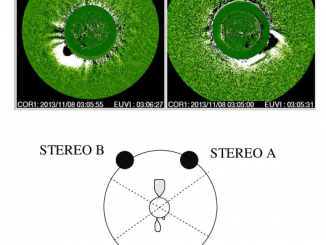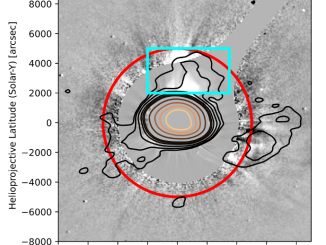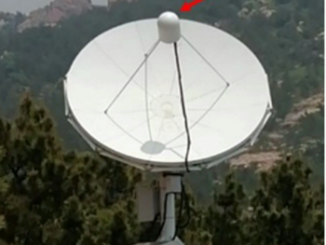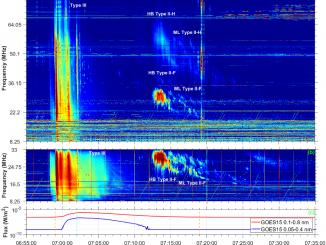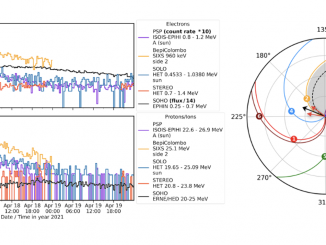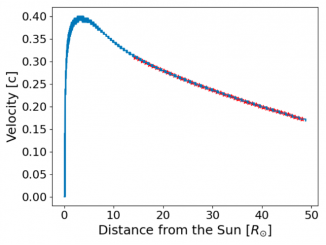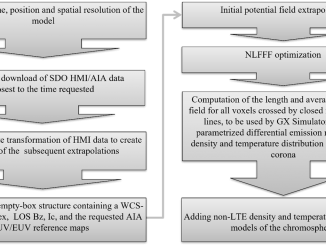Separating the effects of earthside and far side solar events by Silja Pohjolainen et al.
During times of high solar activity flares and coronal mass ejections (CMEs) occur close in time, sometimes even simultaneously, and it may be difficult to identify their source regions. Especially fast CMEs that are observed as propagating fronts high in the corona, can originate from a region on the Earth-facing side, or from the far side. To determine their origins and direction of propagation, one needs to do a careful […]

